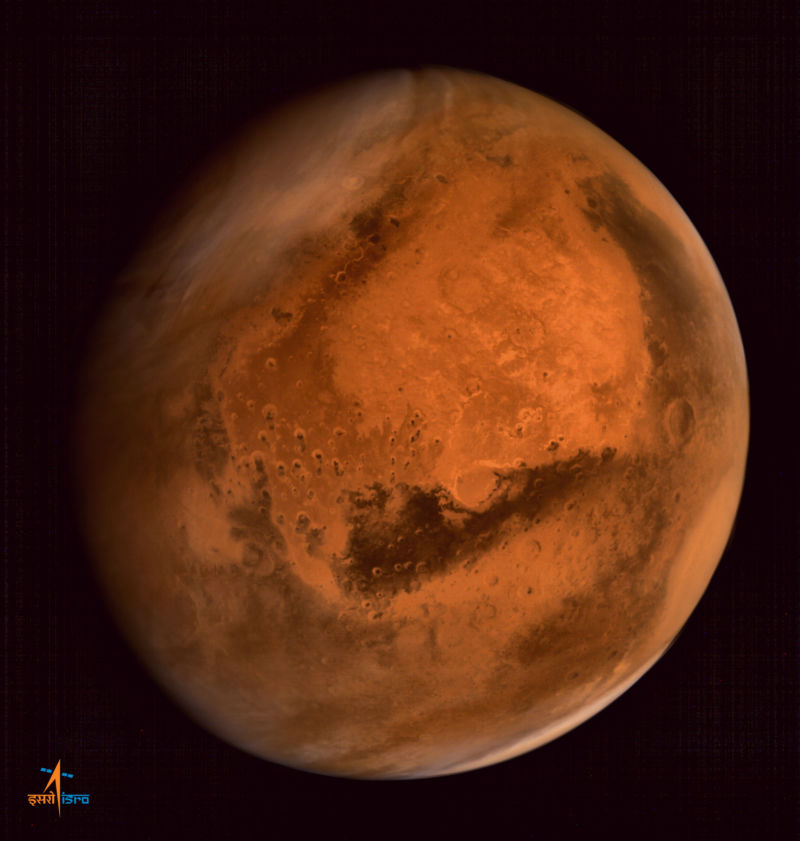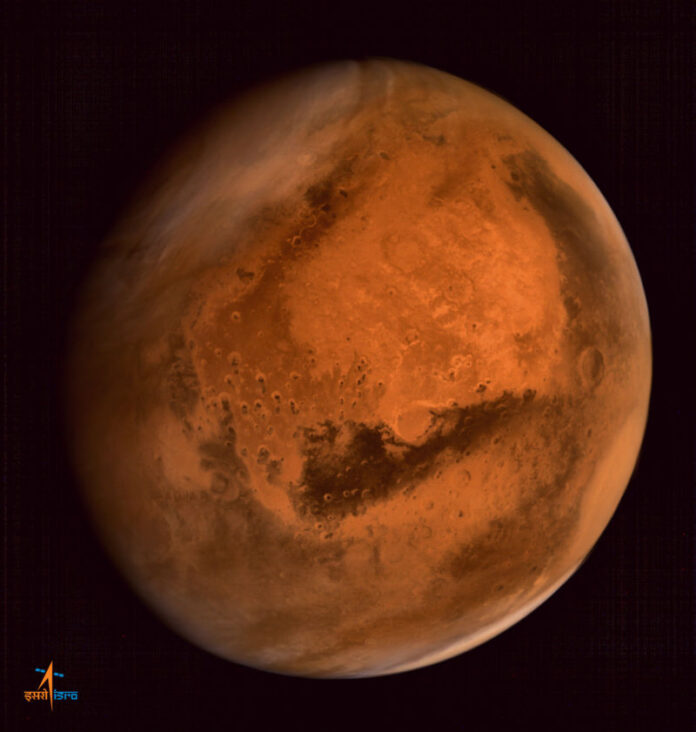
Enlarge / Image showing a dust storm over the northern hemisphere of Mars. (credit: ISRO)
If the explorers from Journey to the Center of the Earth were to journey to the center of Mars instead, they definitely wouldn’t come across the subterranean oceans or live dinosaurs they encountered in the movie, but they would probably see something different from our planet’s core.
Earth has a mantle of rock that moves like a sluggish liquid. Beneath the mantle is a liquid iron outer core and solid iron inner core. Because Earth and Mars are both rocky planets, and might have even had similar surface conditions billions of years ago, does that mean we should expect the same interior on Mars? Not exactly.
When two teams of researchers used data from NASA’s InSight lander and other spacecraft to get as close to the core of Mars as they could in a lab, they found that the red planet is not much like Earth on the inside. Data from NASA’s InSight lander’s SEIS (Seismic Experiment for Interior Structure) project had previously suggested that Mars has a large core that is not very dense. But the new analysis, which included additional seismic signals, indicates that what was once thought to be the surface of the Martian core is actually a thick molten rock layer. The actual core of Mars is most likely much smaller.
Read 13 remaining paragraphs | Comments
Ars Technica - All contentContinue reading/original-link]




